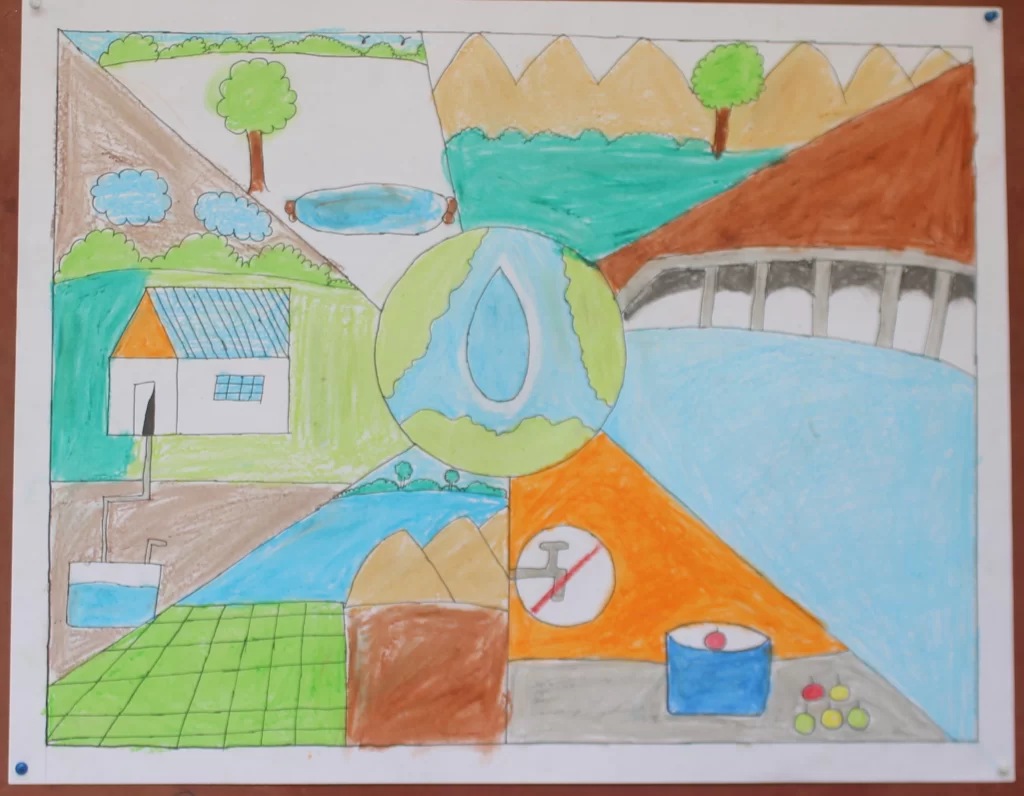Saving Water and different uses of it

This post talks about saving water and different uses of it. Water is one of the most essential resources for life on Earth. However, with increasing population and climate change, water scarcity has become a growing concern in many regions. Conserving water is therefore critical to ensure its availability for future generations. Here are some tips on how to save water:
- Fix leaks: Fixing leaks in your home can save a lot of water. A dripping faucet can waste up to 20 gallons of water per day.
- Use a low-flow showerhead: A low-flow showerhead can save water while still providing a good shower experience.
- Don’t leave the tap running: Turn off the tap while brushing your teeth or shaving.
- Use a dishwasher: A dishwasher uses less water than washing dishes by hand, especially if you run it only when it’s full.
- Water your plants efficiently: Use a watering can instead of a hose to water your plants, and water them in the morning or evening when it’s cooler to reduce evaporation.
- Use mulch: Using mulch in your garden can help to retain moisture in the soil, reducing the need for watering.
- Collect rainwater: Collecting rainwater in a barrel can provide a source of water for your garden, reducing the need to use tap water.
Water has several different uses, including:
- Drinking: Clean, safe drinking water is essential for human survival.
- Cooking: Water is necessary for cooking many types of food, such as rice and pasta.
- Cleaning: Water is used for cleaning dishes, clothes, and surfaces in our homes.
- Agriculture: Water is essential for growing crops and raising livestock.
- Industry: Water is used in many industrial processes, such as manufacturing, cooling, and cleaning.
- Recreation: Water is used for swimming, boating, fishing, and other recreational activities.
- Energy production: Water is used in the production of hydroelectric power and for cooling thermal power plants.
